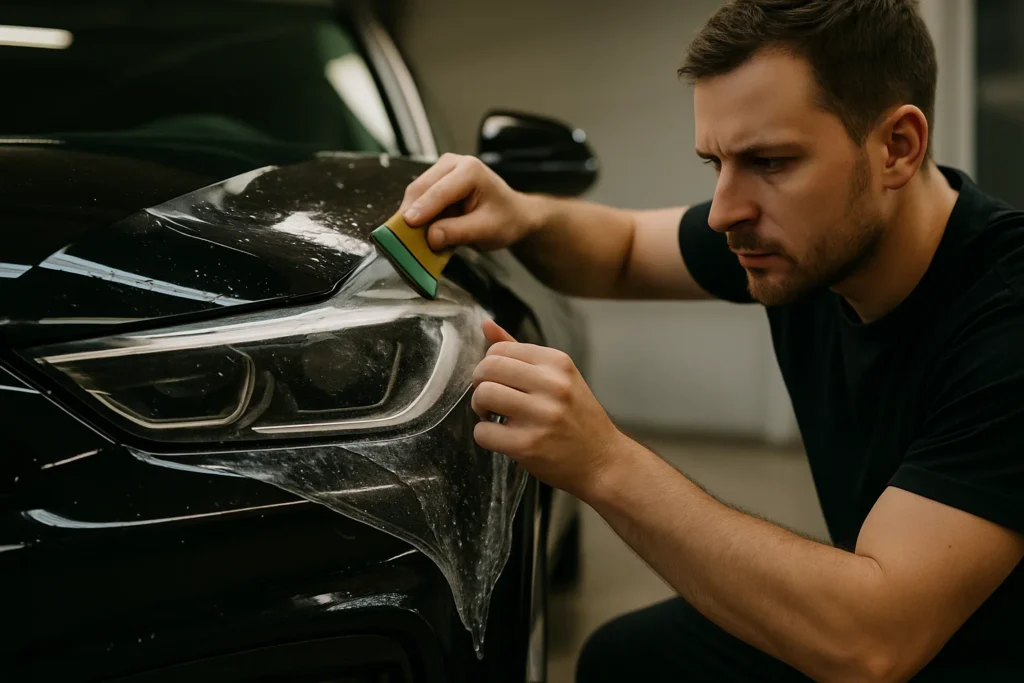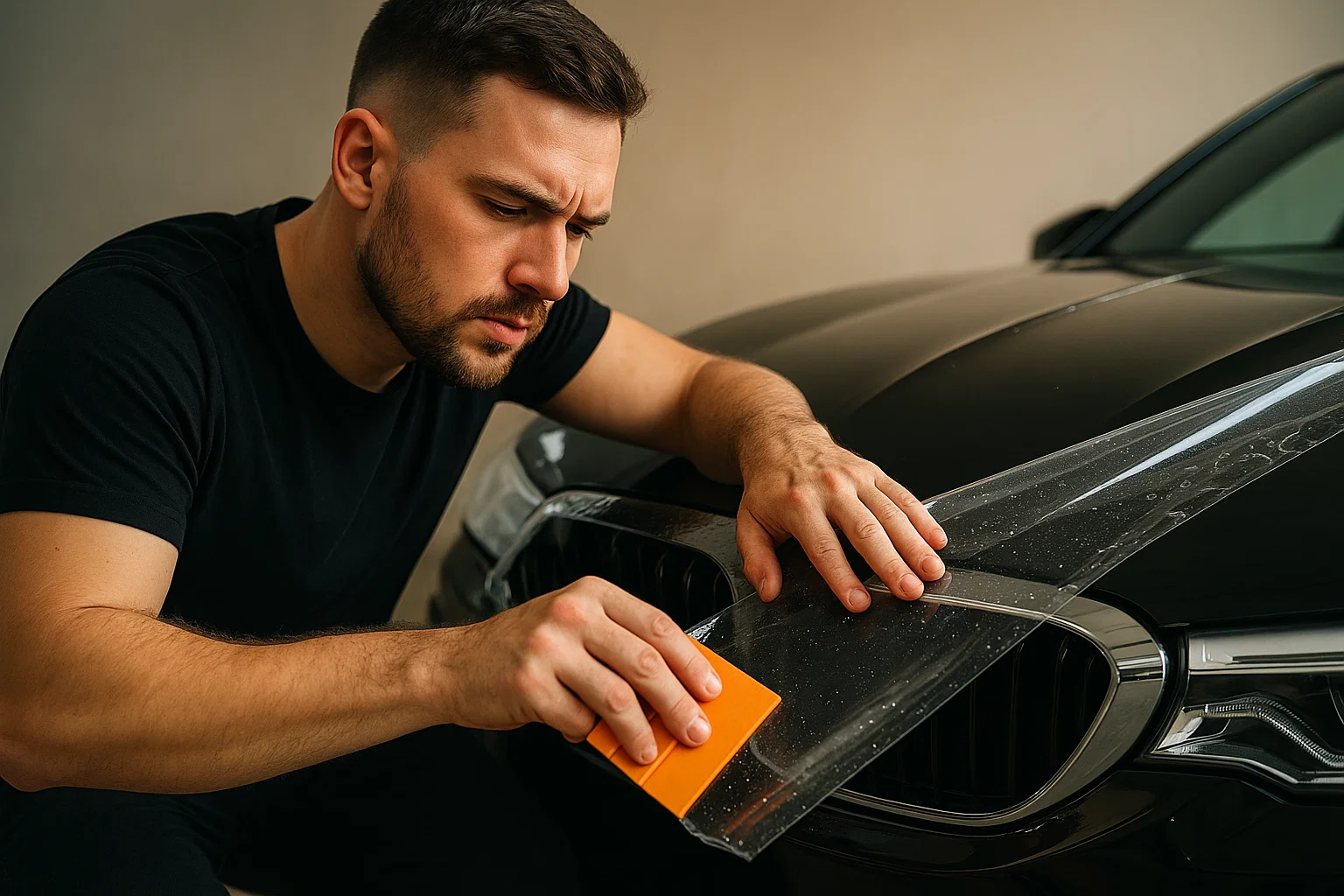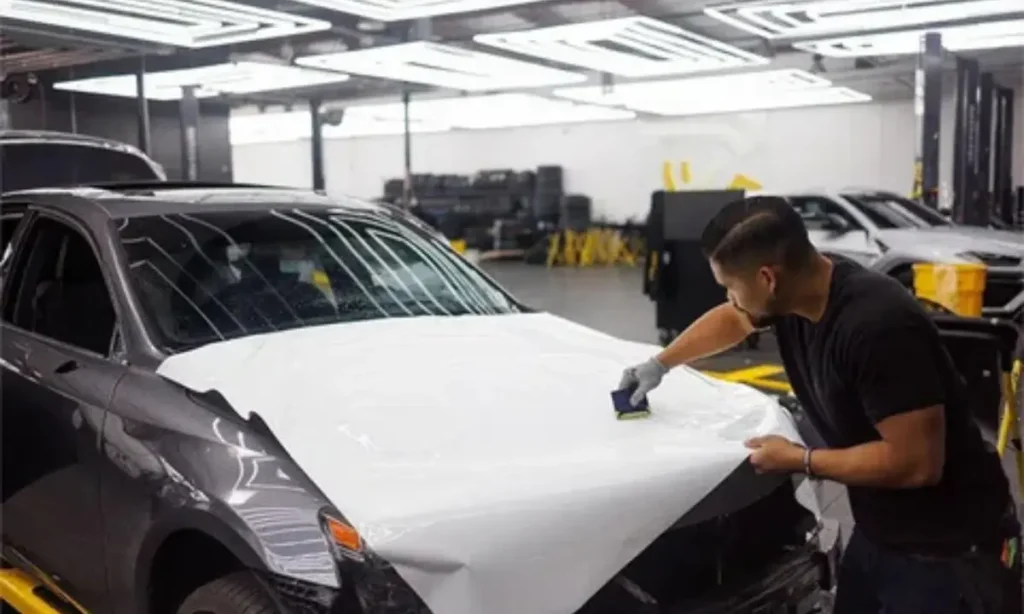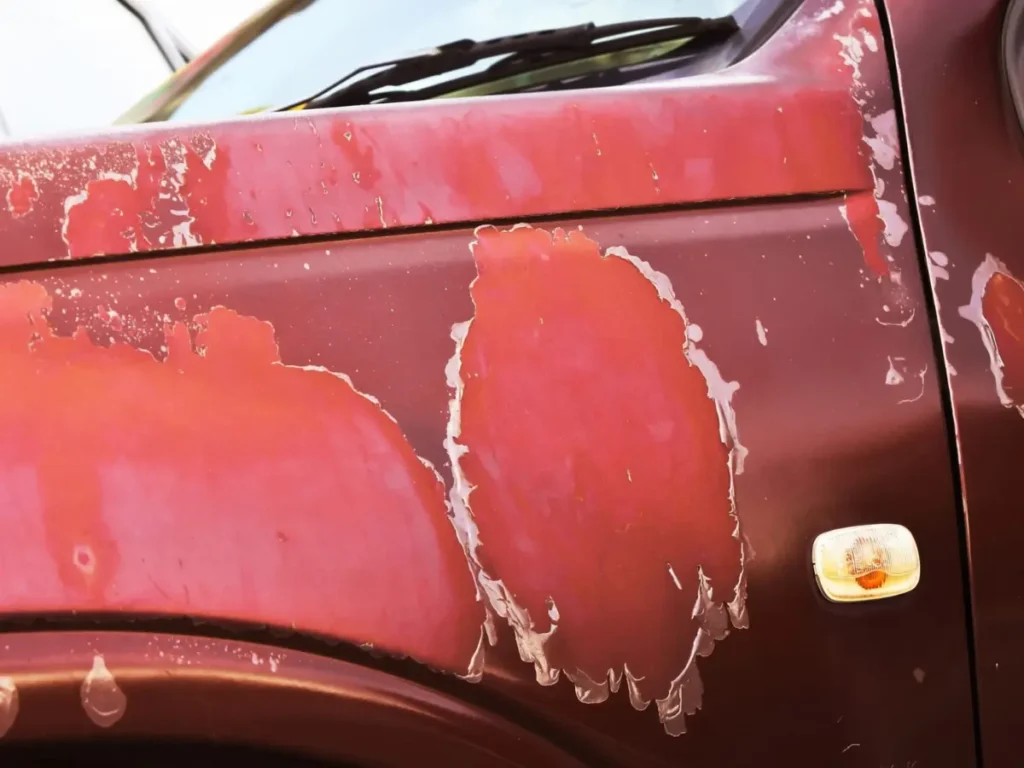Maintaining a showroom finish on your car is not simple. Daily driving can cause scratches, rock chips, and fading of the paint. That’s where PPF, or Paint Protection Film, comes in. It is a thin, hard coating that goes over your car paint and protects it against damage from the road, weather, and time. However, what is PPF for a car, and how does it work? This guide will cover about if you are a beginner in car maintenance or need some serious paint protection.
PPF Meaning & Basics
Paint Protection Film (PPF) is an effective solution to enhance your car’s look and value. This visible layer protects your car’s paint from damage. However, understanding the following terms will help you understand if PPF is the right choice for your vehicle.
What Does PPF Stand For?
PPF means Paint Protection Film, which is a clear, strong, and self-healing polyurethane or polymer film installed on the outer parts of a vehicle. PPF has now become a performance automotive product. It is now popularly applied to protect the paint on a vehicle. Moreover, PPF provides a physical barrier, unlike a conventional wax or coating, and is thus one of the best means of ensuring your car looks great in the long term.
How PPF Protects Your Car’s Paint
The Paint Protection Film is a clear film that serves as a jacket for your car.. Many high-quality PPFs have a self-healing technology, where minor scratches can be removed by sunlight or a heat gun, leaving the surface smooth and glossy. It is also resistant to chemical contaminants and oxidation, keeping the original paint color and finish. PPF greatly minimizes the wear and tear that may cause repair or repainting by providing a sacrificial layer between the paint and the outside threats.
Types of PPF for Cars
Paint protection films are not all the same. There are various types of PPF depending on your car type, aesthetics, and cost. Whether it is the finish types, the style of installation, or the reliable brands, knowing more about the types of PPF available can assist in making the right choice.
Clear vs. Matte PPF (Which Is Better?)
- Clear PPF maintains your vehicle’s original gloss and paint color.
- Matte PPF gives your car a unique satin finish while offering the same level of protection. Ideal for custom styling.
Pre-Cut Kits vs. Custom Installation
- Pre-cut kits are tailored to specific makes and models, ensuring a precise fit.
- Custom installation involves trimming and fitting on-site, which offers flexibility for non-standard parts but requires an experienced installer.
Top PPF Brands (XPEL, 3M, SunTek, etc.)
- XPEL Ultimate Plus: Known for self-healing and clarity.
- 3M Scotchgard Pro Series: High durability and brand reputation.
- SunTek Ultra: Great value and gloss.
- LLumar Platinum and Kavaca Ceramic Coated are other high-end options.
PPF Installation Process

The installation process of paint protection film assists you in determining how to treat your car. Regarding a professional service or a possible DIY project, the way of installation influences the overall result, including the final look and the durability of the film. Factors like time, condition of the vehicle, and installer expertise all contribute to the level of success or failure of the result.
How Long Does PPF Installation Take?
The installation of the PPF takes time, which is based on the magnitude of the coverage and the design complexity of the vehicle. A partial front-end application can last a few hours, whereas the entire body protection can consume one to three days. The overall installation schedule can also be affected by such aspects as drying time, curing conditions, and detailing prep.
Can You Install PPF Over Existing Damage?
Don’t install PPF on a surface that already has damage, as scratches, chips, or oxidation. The film is clear and may magnify the defects instead of covering them. To achieve the maximum results, the paint must be in good condition before application. Other times, it may require minor paint correction prior to installation of the film.
PPF Cost & Worth
Cost may be the very first thing that comes to your mind. Although the application of PPF is beneficial in the long term, it is not a free treatment.
How Much Does PPF Cost? (Full Car vs. Partial)
PPF installation cost can range significantly depending on the area to be covered, the car type, and the film brand. A typical full-body wrap ranges from $5,000 to $8,000 or more, whereas a partial wrap, such as just the hood, bumper, and mirrors, can cost between $1,000 and $2,500. However, higher-end brands, as well as professional installers, can be more expensive.
Is PPF Worth the Investment?
PPF is a worthy investment for most car owners. It guards against chips, scratches, and environmental damage that may cause an expensive paint repair in the future. PPF can easily pay for itself through savings on frequent driving or owning a high-value car, and can help maintain the look of your car over time if you intend to resell your car in its original condition.
PPF Warranty Coverage (What to Look For)
The warranties provided by most reputable PPF brands cover yellowing, cracking, peeling, and bubbling, typically between 5-10 years. When checking a PPF product or installer, consider the warranty information, covering terms and conditions. An effective warranty may give confidence and speak of the quality of the product and professionalism.
PPF Maintenance & Care

After having paint protection film installed on your vehicle, it is important to know how to take care of it in order to ensure it lasts long, remains clear, and continues protecting your vehicle. It needs particular cleaning methods and products that would not harm its performance and maintain it in good condition.
Best Products for Cleaning PPF
- Use pH-balanced car shampoos
- Avoid waxes with abrasives
- Choose microfiber towels and soft wash mittens
Can You Wax or Polish PPF?
Yes, but only with PPF-safe products. Avoid machine polishing unless the film is polish-safe, and never use abrasive compounds.
How to Fix Scratches on PPF
Minor scratches often self-heal with heat. For deeper scratches, consult your installer for professional evaluation. In many cases, the damaged section can be replaced.
Conclusion
Paint Protection Film is an extremely durable and efficient method of maintaining your car’s looks. Whether it is protection against scratches and UV rays or the increase in resale value, PPF is not only a protective film but also a guarantee to any car owner. When you are willing to take care of your investment, then select a reputable installer and film quality to ensure maximum results.
FAQs
Good PPFs that have UV inhibitors (such as XPEL and 3M) are not supposed to yellow. Less expensive films can discolor in sunlight.
Yes. PPF will not damage the original paint when removed properly. It is recommended to remove it professionally to prevent adhesive residue.
Yes. Matte PPF is best used in maintaining a matte or satin paint finish without changing its appearance.
PPF has a service life of 5 to 10 years with good care. However, if worn out or broken, replace it.




